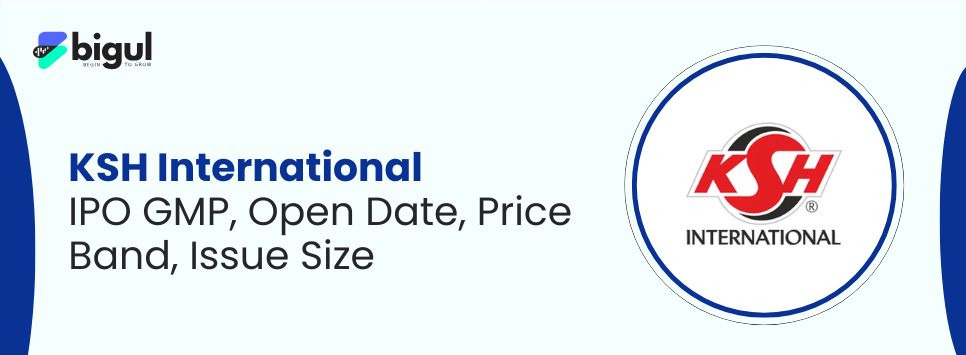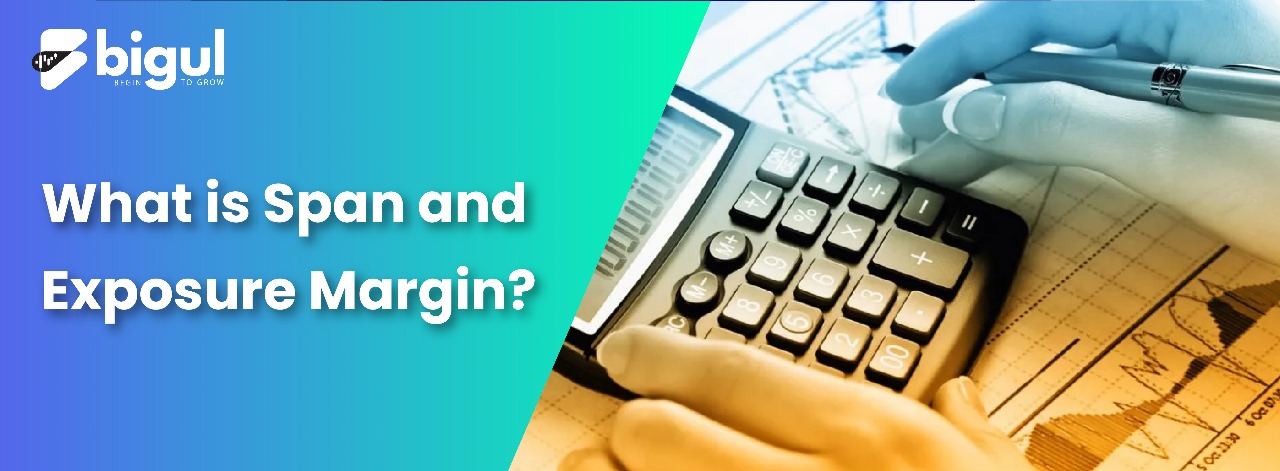In the world of finance, where buying and selling assets is a daily occurrence, managing risks is crucial. Two essential tools in this financial balancing act are Span and Exposure Margins. These margins serve as safeguards for traders and investors, ensuring that they have enough funds in their accounts to cover potential losses. Think of Span and Exposure Margins as financial safety nets, preventing individuals and institutions from falling into financial turmoil. This article will discuss margin concepts and why they’re important in finance. So, let’s begin.
What is a Span Margin?
The Span Margin is often called the initial margin. It is a risk management tool used in financial markets. It’s the minimum amount of capital that traders must have in their accounts to initiate futures and options contracts.
Calculated by analysing the potential price fluctuations and market volatility, the Span Margin acts as a safety net, ensuring that traders can cover potential losses. By requiring traders to maintain this margin, it helps maintain market stability and prevents excessive risk-taking.
Essentially, it’s a financial cushion that safeguards both traders and the overall market from unexpected price swings.
What is the Exposure Margin?
Exposure Margin is a financial cushion that traders and investors maintain to protect themselves against potential market risks. It represents the amount of additional funds required to cover the potential losses that may occur if the market moves unfavourably.
Essentially, Exposure Margin ensures that individuals and institutions have enough financial resources to weather adverse price fluctuations and fulfill their financial obligations. By maintaining the Exposure Margin, traders and investors reduce the risk of financial distress and contribute to the stability of the financial markets.
Key Differences Between Span and Exposure Margin
Span Margin and Exposure Margin differ in several key ways:
- Margin Type: Span Margin primarily considers potential price fluctuations by analyzing historical data, while Exposure Margin focuses on the worst-case scenario for a specific position, accounting for other risk factors beyond price volatility.
- Calculation Method: Span Margin relies on historical data to estimate potential price movements, while Exposure Margin uses predefined risk factors and worst-case loss scenarios to assess the risk associated with a specific position.
- Purpose in Risk Management: Span Margin primarily shields against regular market price fluctuations, while Exposure Margin focuses on safeguarding positions against exceptional, worst-case scenarios and extreme market events, providing a broader and more comprehensive risk protection mechanism.
Margin Requirements in Different Financial Instruments
Margin requirements vary across different financial instruments and markets, reflecting the unique characteristics and risks associated with each asset class. Understanding these differences is essential for traders and investors to manage their positions effectively and comply with regulatory standards.
Here, we explore margin requirements in various financial instruments:
- Equities and Derivatives
In the stock market, people can trade things like company shares and contracts that are based on these shares, called derivatives. When you trade these derivatives, you may need to put some money aside as a safety measure, called margin. How much margin you need depends on how risky the trade is. If the trade could result in big losses, you’ll need to put down more margin. This margin makes sure you have enough money to cover any potential losses. It’s like a security deposit when you rent a house, ensuring you can pay if something goes wrong.
- Commodities
In commodities trading, margin requirements are determined based on the specific commodity being traded and its historical price volatility. Commodities with a history of greater price fluctuations typically require larger margin deposits. This approach helps ensure that traders have enough funds on hand to cover potential losses in their commodity positions. Exchange-traded commodities (ETCs) and futures contracts, commonly used in commodities trading, often have predefined margin levels established by the respective exchanges, providing a standardized framework for traders to follow.
- Forex Markets
In the forex (foreign exchange) market, margin requirements are expressed as leverage ratios, such as 50:1 or 100:1. These ratios determine the amount of leverage a trader can use. Higher leverage allows traders to control larger positions with a smaller initial deposit. For instance, with 100:1 leverage, a trader can control a position size 100 times larger than their deposit. While this can amplify potential profits, it also increases the risk of significant losses, making risk management crucial in forex trading.
- Bonds
Margin requirements for bonds depend on factors like credit rating, maturity, and liquidity. Brokerage firms often establish these requirements, typically requiring investors to deposit a certain percentage of the bond’s face value as margin. The margin helps mitigate risks associated with bond price fluctuations and ensures that investors can cover potential losses. It’s important to note that different bonds may have varying margin levels, reflecting their individual characteristics and market conditions.
- Options and Futures
Options and futures markets have specific margin requirements based on contract specifications. These requirements consider factors such as the contract’s size, underlying asset, and market volatility. Margin ensures that traders have adequate funds to cover potential losses as they trade these derivative instruments. Higher-risk contracts or those with significant potential price swings typically have higher margin requirements to mitigate the added risk. Meeting margin calls is crucial to prevent the forced liquidation of positions and avoid financial losses in these markets.
Conclusion
Understanding span margin and exposure margin is like having a safety net for your investments. These concepts help keep your finances in balance, ensuring you’re prepared for unexpected market moves. Whether you’re trading stocks, commodities, or currencies, these margins play a crucial role in risk management. So, remember, when it comes to managing your money in the markets, span margin and exposure margin are your trusted allies, keeping your financial journey on the right track.








.jpg)
.jpg)
